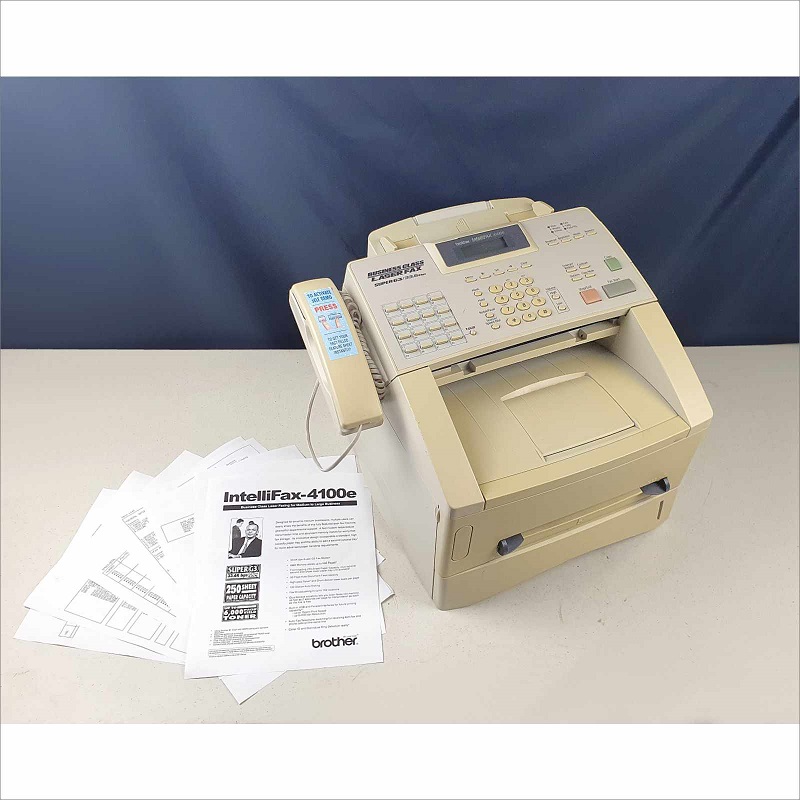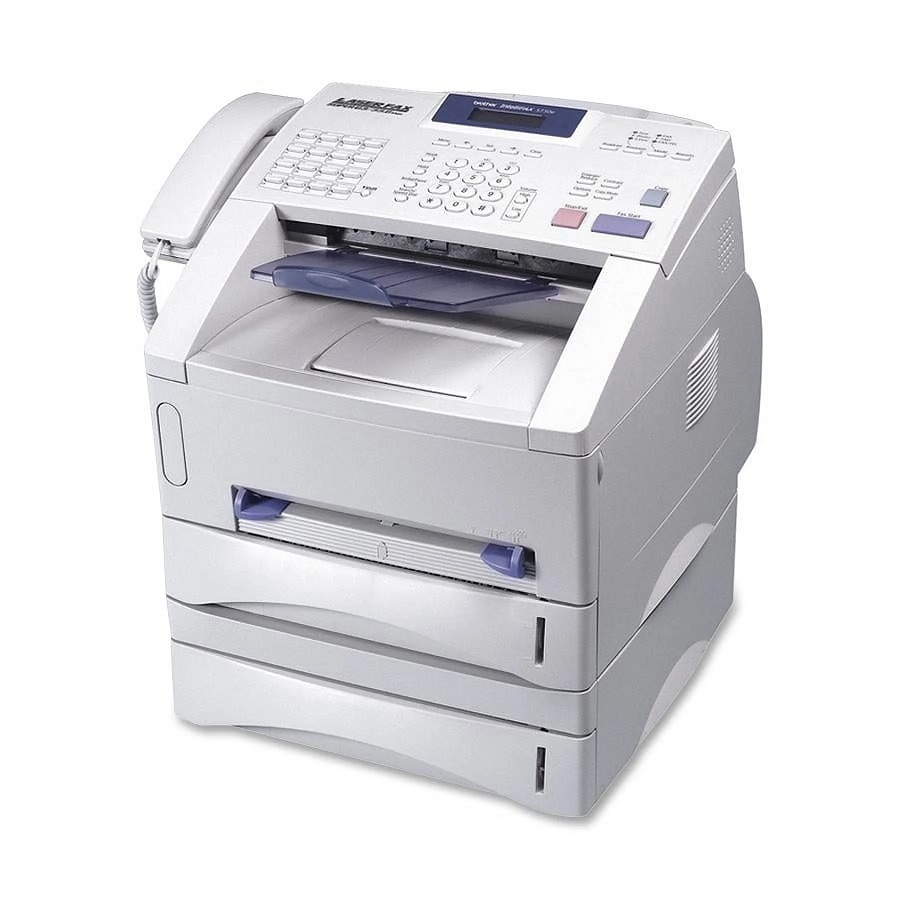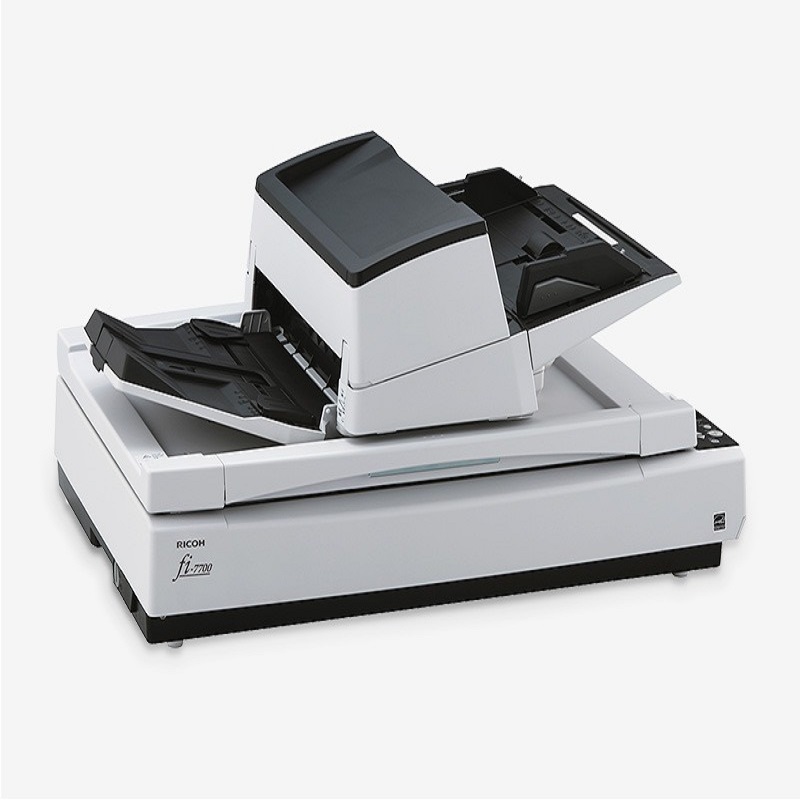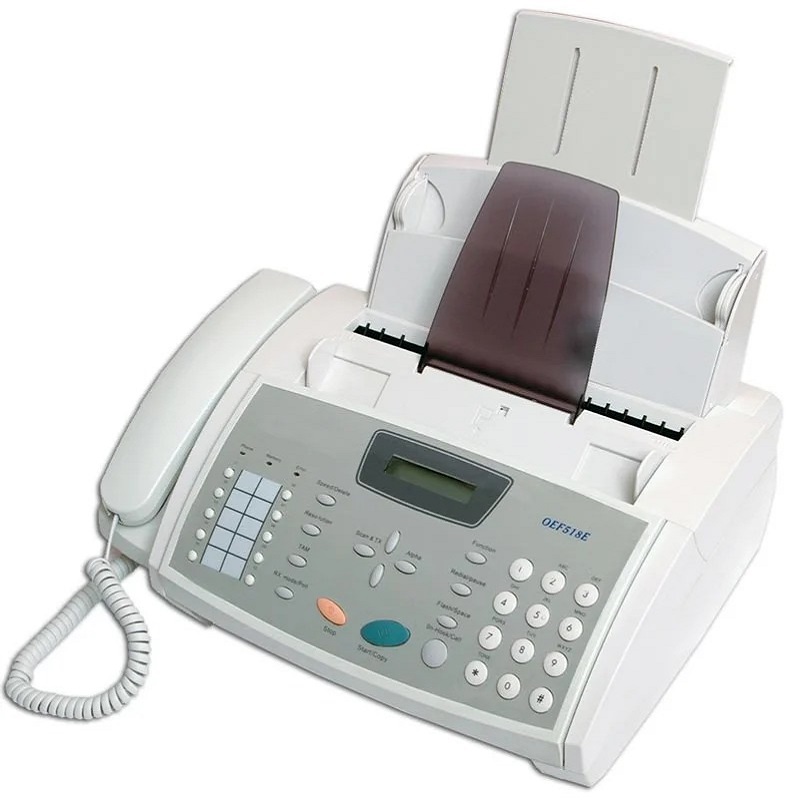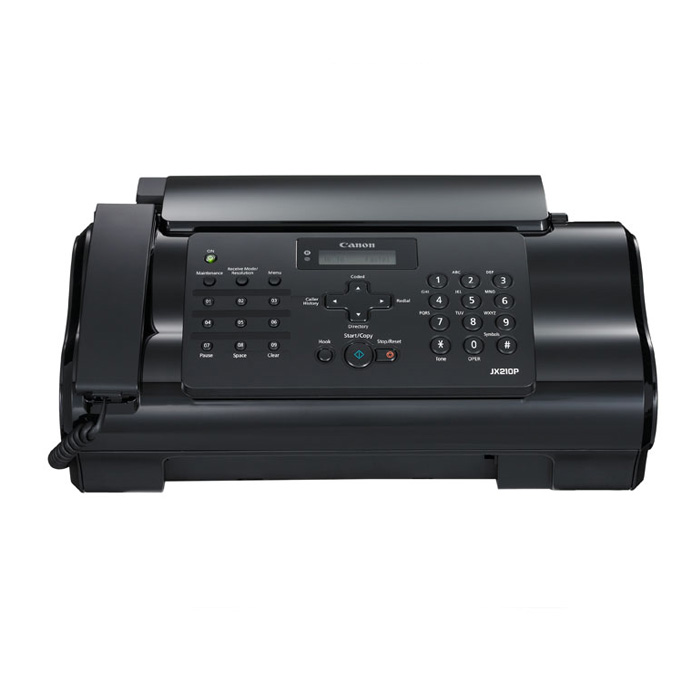How does a fax machine work? Fax machines have been a staple in offices around the world for decades. Despite the rise of digital communication, many businesses still rely on fax machines to send important documents. But how does a fax machine actually work? In this article, we will delve into the inner workings of a fax machine and explore the technology behind this important piece of office equipment.

The basics of fax machine technology
A fax machine is a device that transmits documents electronically over a telephone line. The process of sending a fax begins with the document being scanned into the fax machine. The image is then converted into a series of electrical signals, which are sent over the telephone line to the receiving fax machine. The receiving fax machine converts these signals back into an image, which is then printed out.
Understanding the fax machine components
A fax machine is composed of several key components that work together to send and receive documents. These components include:
- Scanner: The scanner is responsible for capturing an image of the document to be sent. The quality of the scanner determines the clarity of the transmitted document.
- Modem: The modem is the part of the fax machine that converts the scanned image into electrical signals for transmission over the telephone line. It also converts incoming electrical signals back into an image.
- Control system: The control system manages the scanning, transmission, and printing processes of the fax machine. It ensures that the document is transmitted accurately and efficiently.
The fax machine transmission process
When a document is placed into the fax machine, the scanner captures an image of the document and converts it into a series of 1s and 0s, which represent the black and white pixels of the image. This digital data is then passed to the modem, which encodes the data into audio signals that can be sent over a telephone line.
The modem uses a process called modulation to convert the digital data into an audio signal. This involves changing the frequency or amplitude of the signal to represent the 1s and 0s of the digital data. The modulated signal is then sent over the telephone line to the receiving fax machine.
On the receiving end
The modem of the fax machine demodulates the incoming audio signal, converting it back into digital data. The control system then processes this data and sends it to the printer, where it is reproduced as a copy of the original document.
Challenges and limitations of fax technology
While fax machines have been a reliable means of document transmission for many years, they do have their limitations. One of the main challenges of fax technology is the potential for signal loss or distortion during transmission. If the telephone line is of poor quality, the transmitted document may be unclear or incomplete.
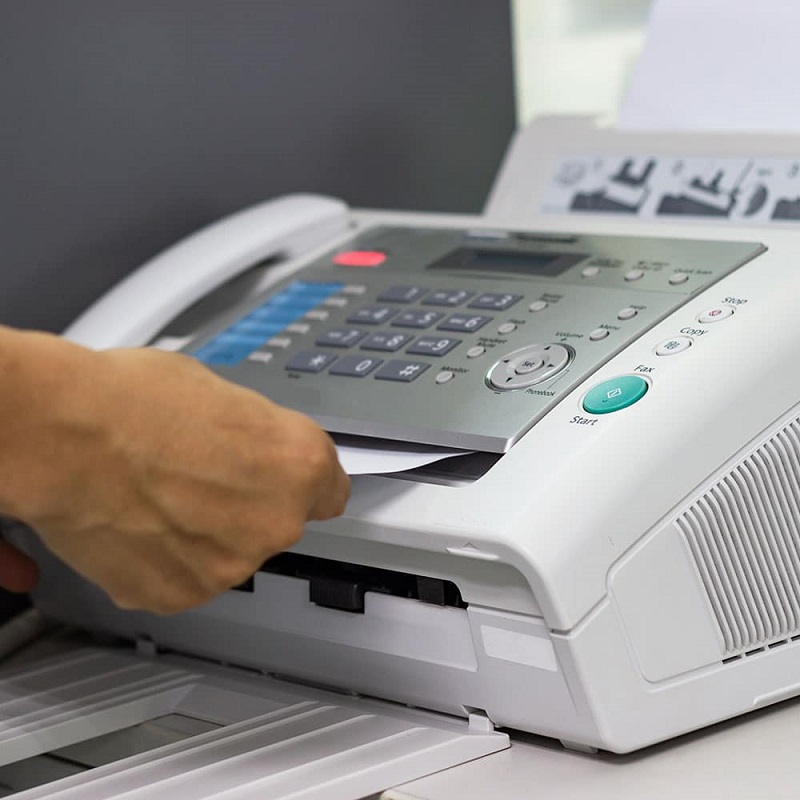
Another challenge is the limited resolution of faxed documents
The resolution of a fax machine is typically around 200 dots per inch (DPI), which is lower than the resolution of most modern printers and scanners. This can result in a loss of detail in the transmitted document.
Additionally, fax machines are reliant on telephone lines for transmission, which can be slow and prone to interference. In today’s digital age, many businesses are looking to alternative methods of document transmission, such as email or cloud-based services, to overcome these limitations.
Advantages of fax machine work
In the age of digital communication and instant messaging, fax machine work may seem like a relic of the past. However, these old-school machines still offer several advantages in the business world. From secure document transmission to the ability to send physical copies of documents, fax machines continue to play a crucial role in many industries.
Secure Document Transmission
One of the primary advantages of fax machines is the secure transmission of documents. Unlike emails or other digital communication methods, fax machines offer a level of security that is hard to replicate. When sending a fax, the document is transmitted directly to the recipient’s fax machine, ensuring that it does not pass through multiple servers or potentially insecure networks. This makes fax machines an ideal choice for transmitting sensitive or confidential information, such as medical records, legal documents, or financial information.
Physical Copies
Another advantage of fax machines is the ability to send physical copies of documents. In some cases, it may be necessary to send a physical copy of a document, such as a signed contract or a legal notice. With a fax machine, you can easily send a physical copy of the document to the recipient, without the need for printing and mailing the document. This can save time and resources, especially when dealing with time-sensitive documents.
Reliability
Fax machines are known for their reliability, especially in areas with poor internet connectivity or in regions where digital communication methods are not widely available. Unlike email, which can be affected by internet outages or server issues, fax machines rely on traditional telephone lines for transmission, making them a more reliable choice for communication. This reliability is particularly important in industries where timely communication is essential, such as healthcare, legal, and financial services.

Legal Validity
In many jurisdictions, faxed documents are considered legally valid, making fax machines a preferred method for sending legal documents and contracts. This is due to the fact that faxed documents can be verified with a transmission confirmation, providing a level of authenticity and accountability that may not be present in other communication methods. This legal validity makes fax machines an essential tool for businesses that need to ensure the integrity and authenticity of their documents.
Ease of Use
Fax machines are relatively easy to use. Making them accessible to individuals with varying levels of technical expertise. With the simple process of loading the document into the machine, dialing the recipient’s fax number, and pressing send. Anyone can send a fax without the need for specialized training or technical knowledge. This ease of use makes office fax machines a convenient and practical choice for businesses of all sizes.
Cost-Effectiveness
Despite the perception that fax machines are outdated. They can still be a cost-effective communication solution for many businesses. Unlike digital communication methods that may require ongoing subscription fees or data charges. Fax machines only require a telephone line and paper supplies. This makes them an affordable option for businesses. That need to send occasional faxes without committing to a long-term communication service.
Their reliability, legal validity, ease of use, and cost-effectiveness make them a practical and essential tool for many industries. While digital communication methods continue to dominate the business landscape. The advantages of fax machines ensure that they remain a relevant and valuable communication solution. Whether for sending sensitive information or complying with legal requirements. Fax machines continue to play a crucial role in modern business communication.

Conclusion
Despite the rise of digital communication, fax machines continue to be an essential tool in many offices around the world. Understanding the technology behind fax machines can help businesses make informed decisions about their document transmission needs. While fax technology has its limitations, it remains a reliable and secure method of transmitting important documents. As technology continues to evolve, it will be interesting to see how fax machines continue to adapt to the needs of modern businesses.





